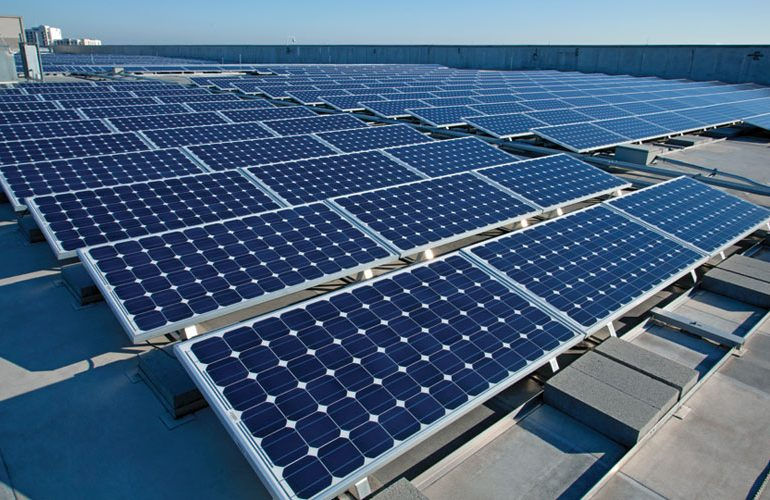Renewable energy to lead the capacity mix over nuclear power in France by 2028
- Reon Energy
- Jan 2, 2020
- 2 min read
France is achieving great success in solar energy and after installing non-hydro renewable capacity, it is expected to reach 25.3 GW by 2030 (from 8 GW in 2018) at a compound annual growth rate (CAGR) of 11.03%, according to a report by GlobalData.

According to the report, ‘France Power Market Outlook to 2030, Update 2019 – Market Trends, Regulations, and Competitive Landscape’, non-hydro renewable power is expected to show the highest growth rate in 2019-2030, registering a compound annual growth rate (CAGR) of 21.9%, wind being the highest contributor in the renewable energy mix followed by small hydro, biopower, solar PV and others.
Back to year 2000, nuclear power was used as the primary source with a share of 54% in the power mix followed by the thermal and hydro. But now the trend has changed and the share of thermal and hydropower came down to 13.9% and 19.06% respectively whereas renewables increased to 19.9% in 2018. The country is emphasizing on the more use of renewables to 19.9%.
The country is aiming to boost the renewable energy sources at a CAGR of 8.9% during 2019-2030 with net capacity addition of around 50 GW. Installed capacity for onshore wind will double from its current levels of 15.1 GW by 2026. To support the expansion the government has announced doubling of the renewable energy budget. On the other hand, solar PV is not behind by much in terms of growth and will witness an addition of more than 24 GW during 2019-2030.
In the long-term, the government has decided to reduce its reliance on fossil fuel and is replacing coal and oil-fired plants with gas-based plants. The government has also announced to bring down the nuclear power generation to 50% of the net generation by 2035 by decommissioning around 14 nuclear reactors by 2035 and fill the gap by renewable energy sources.
France is working on Multiannual Energy Program, which plans to phasing out of coal by 2022, decommission nuclear reactors, and boost renewable energy development with the main focus on wind and solar. It aims to reduce fossil fuel consumption by 40% by 2030 from its 2012 levels and ensure a clear, fair, and sustainable energy transition for all. In the case of wind, France paved the way for floating wind turbines with four demonstration projects approved by the European Commission.
Production costs are expected to fall further as witnessed by the continuous fall in average prices for solar in recent tenders, the development of solar, wind generation will facilitate energy generation at a lower cost, and the development of renewable energy is supported by public support mechanisms until recently. These mechanisms finance the difference between the remuneration of their production on the wholesale market and the purchasing price guaranteed by the State to the renewable producer.
Related Articles:



Comments